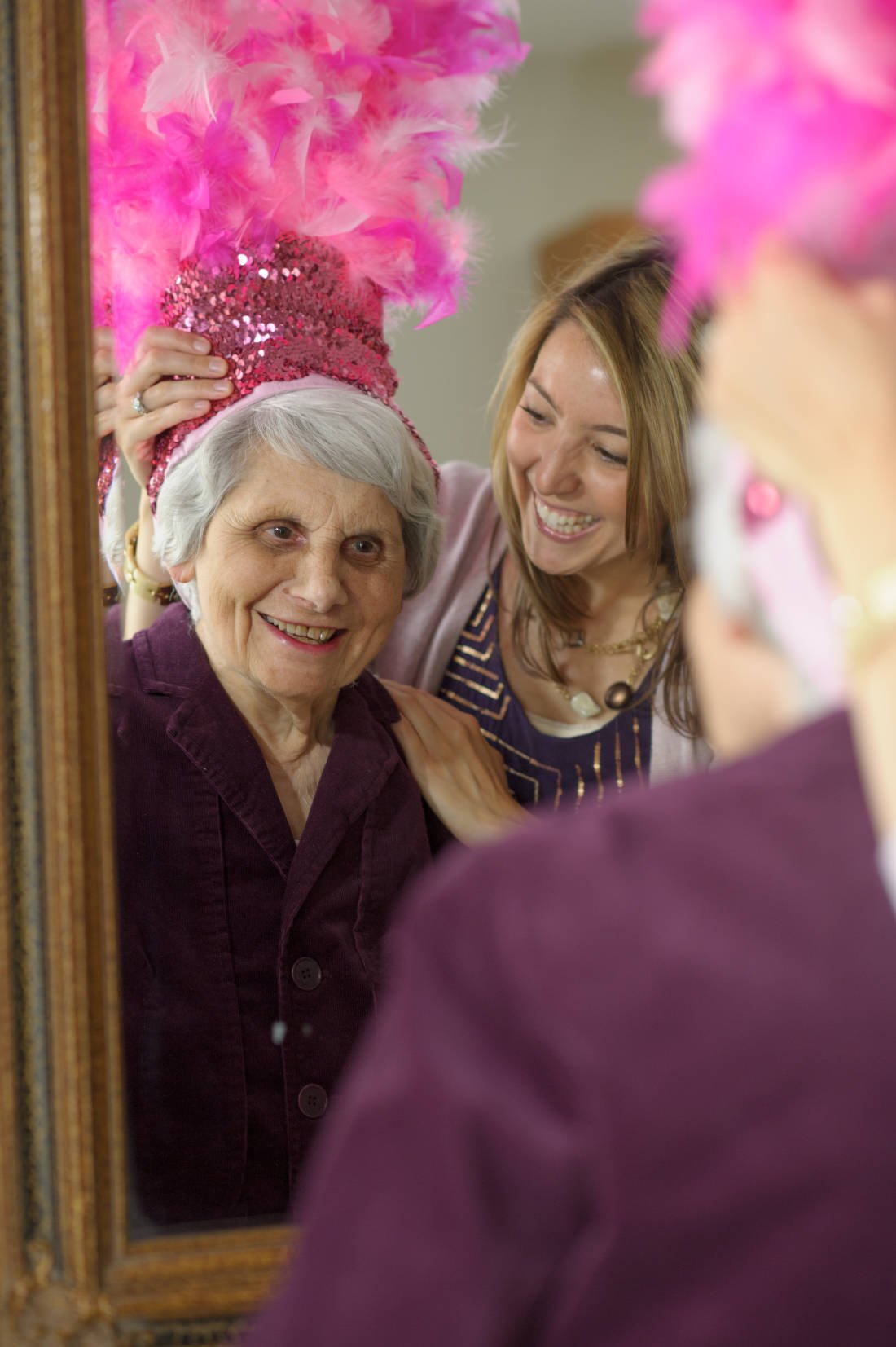Aging Well Series: Embracing a Playful Approach to Life
assisted living | Senior Living Communities CT | senior health | senior health tips | Independent Senior Living | healthy living | independent living in ct
Next up in our Aging Well Series is a topic many older adults easily overlook, as it’s not typically a top-of-mind area related to health and well-being. Yes, nutrition and exercise are critical to the equation, but just as important is a focus on play. Aging well is, in large part, about maximizing one’s quality of life—and what level of quality can there be if you’re not actually enjoying it?
So, how much fun are you having in your day-to-day life? And why is prioritizing playtime so integral to supporting physical, mental, and emotional well-being, particularly for older adults? In this article, we’re uncovering answers to these questions and helping seniors tap into their primary play personalities as a means of positively impacting the aging process.
Play as a Gateway to Vitality
Leading expert Dr. Stuart Brown, who is both the founder of the National Institute for Play and the author of Play: How It Shapes the Brain, Opens the Imagination, and Invigorates the Soul, explains why play is so vital for humans at all ages and stages of life. Some of the unique and intrinsic outcomes of play include:
- A rewarding feeling
- Optimism
- Prolonged perseverance
- Mastery
- Improved immunity
- Increased empathy
- A sense of belonging
Dr. Brown’s work around the science of play highlights this long-evolved behavior as important for well-being and survival, showing that humans are uniquely designed to enjoy and participate in play throughout life.
According to Dr. Brown, “Play is a state of mind that one has when absorbed in an activity that provides enjoyment and a suspension of sense of time.” Essentially, it is a state of being—one that begins in the mid-brain (which is the same area where states like hunger, fear, and caring are formed). As playfulness emerges, mid-brain neurons actually start to light up and create connections across the brain.
Any state or activity that creates new connections in the brain is good for neuro health, even (and perhaps especially) for older adults. Research has progressively indicated that the brain maintains the capacity to learn, change and grow throughout one’s life. Seniors concerned about cognitive function and memory should focus on actively exercising the brain to create new neural pathways, and play is one such avenue.
Play also supports physical and emotional benefits, from boosting energy levels, releasing endorphins, relieving stress, and minimizing pain to building relationships and fostering a greater sense of purpose and connection. With age, play remains as valuable and important as ever and learning to reprioritize it can offer major advantages for seniors.
Breaking Down the Different Types of Play
Over the course of his work, Dr. Brown has found that most people have one of eight dominant modes of play, referred to as play personalities. These are the strong preferences for certain types of play that we develop over the years.
By tapping into a primary play personality, seniors may be able to identify their intrinsic motivators or the activities that naturally excite and vitalize them. To help you get a sense of the various play personalities, here is a brief breakdown:
- The Collector: The thrill of play for the collector is to have and hold an interesting collection of objects or experiences. Collectors may enjoy collecting as a solitary activity, or it may be the focus of an intense social connection with others who share their passion.
- The Competitor: Competitors access the euphoria and creativity of play by participating in a competitive game with specific rules. They aren’t playing just for the game; they are playing to win. Competitors may enter the play state through a single-player game or by playing a team sport. They may actively participate in the game or just watch, as a fan.
- The Creator/Artist: For this play personality, joy is found in making things (painting, woodworking, pottery, knitting, gardening, etc.). Creator/artists may show their creations to the world or never show anyone. The point is to make something or to make something work. It could even mean decorating a room or a house.
- The Director: Directors enjoy planning and executing scenes and events. Though many are unconscious of their motives and style of operating, they love the power to make things happen and are born organizers.
- The Explorer: All of us start life driven to explore our world, and some people never lose their enthusiasm for it. Exploring can be physical (going to new places), emotional (searching for a new feeling), or mental (researching a new subject or seeking out new points of view).
- The Joker: This personality’s play always revolves around some kind of foolishness. In school, a joker might have found social acceptance by clowning around to make classmates laugh. Adult jokers carry on that social strategy in different ways.
- The Kinesthete: This is someone who likes to move, and may even need to move in order to think. Kinesthetes naturally want to push their bodies and feel the result. While kinesthetic may play sports, competition is not the main focus, but rather a way of engaging in movement.
- The Storyteller: For the storyteller, imagination is the key to the joys of play. Storytellers may be novelists, playwrights, cartoonists, or screenwriters, or they may find their greatest joy in reading the novels and watching the movies created by others. They feel engaged in stories, and experience the thoughts and emotions of the characters in the story.
Making Space for Play
While it’s not unusual for older adults to lose their sense of play and its priority in their lives, the good news is there are infinite ways for seniors to reignite their playful side and regain the excitement derived from their play personality. Sometimes the best way to bring back the fun is to seek out an environment that supports playfulness in all its forms.
Because opportunities for play may become more challenging for seniors who live alone or begin to lose touch with a larger circle of friends, family, and community, take time to consider whether your surroundings support your sense of play and overall well-being.
Many seniors find that moving to a senior living community is just the thing they need to engage their minds and bodies more fully in playfulness throughout the day. In this environment, socialization, human contact, and the potential for fun are plentiful and highly encouraged. See this phenomenon in action by visiting quality senior communities in your area—and consider how embracing play in this type of setting can support your aspirations for aging well.
For additional tips on senior health and lifestyle issues, check out our blog. To find out how United Methodist Homes provides a wealth of offerings and opportunities to support the health and wellbeing of our residents, contact us today or schedule a complimentary visit now.
About Marissa Salvesen
My journey into the world of senior living began when I started working for United Methodist Homes in 2010. Starting as an Activities Director at one of our award-winning assisted and independent living communities and then transitioning to Marketing and Promotions Manager for UMH, I now work as the Manager of Mission Development, fostering the Mission and Values of our organization. I love sharing stories about the many ways we build meaningful relationships and enrich the lives of those we serve, and am proud to be part of building UMH’s 140-year legacy of caring. Wondering what makes our communities such special places to live and work? Connect with me and find out!

Our Blog is a 2016 Platinum Generations Award Winner! The Generations Award is an annual international competition for excellence in senior marketing recognizing professionals who have communicated to the 50+ Mature Markets.





